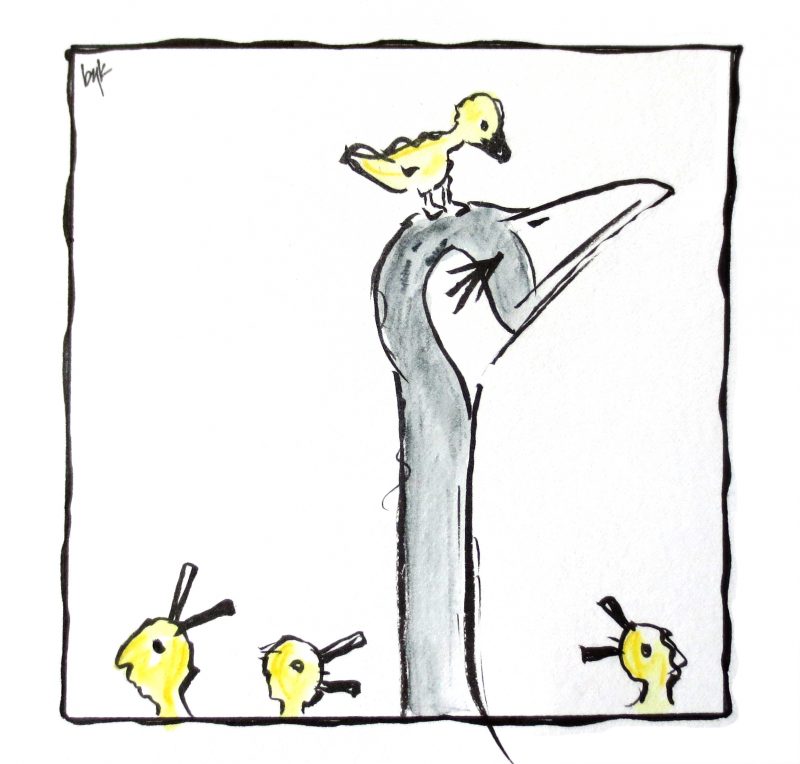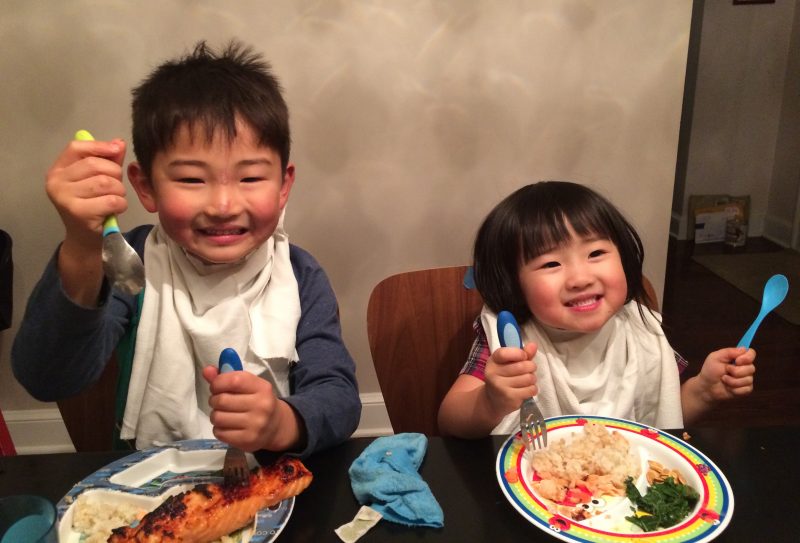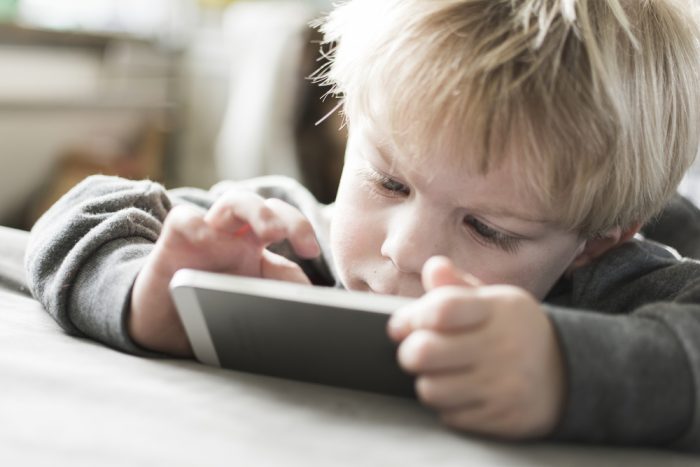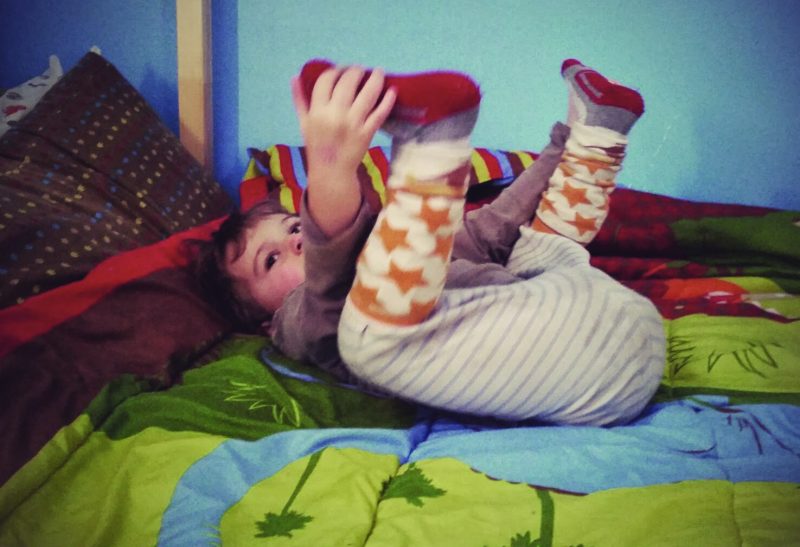Thich Nhat Hanh shares an anecdote about how it is easy to be mindful in the monastery, yet hard on the streets. This hit close to home because I have been reflecting on how challenging it is to be an emotionally responsive parent. For the past couple of months life at home has been messy to say the least. Outside of the safe and controlled confines of Alphabet Academy, I’ve been struggling. When I’m rushing to leave home and pressuring my daughter to hurry, I can tell our connection is faltering but don’t want to be late again. When M is angry and demanding, yet I am feeling spent, I feel awful when I cannot remain unruffled. I know without a doubt how to be an emotionally responsive teacher, yet how does it translate into my home?



